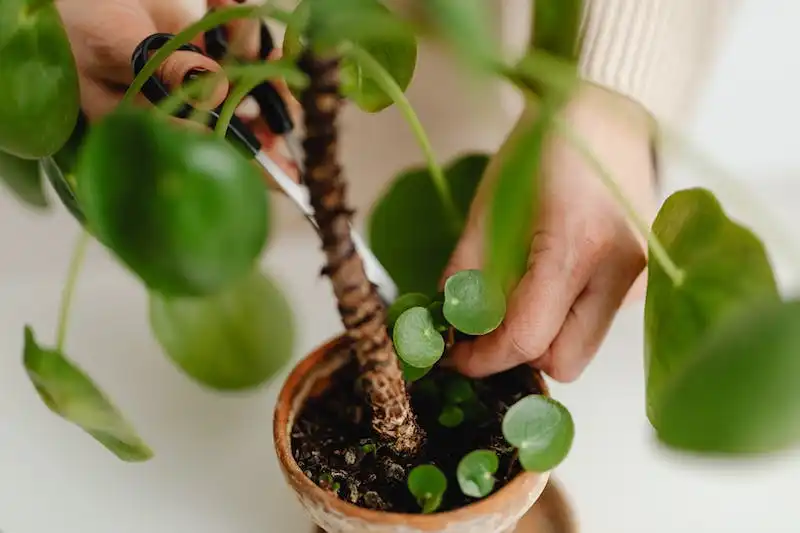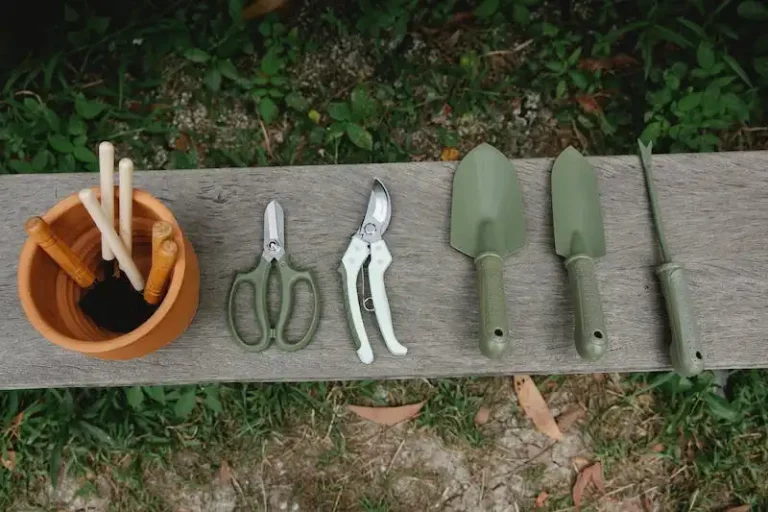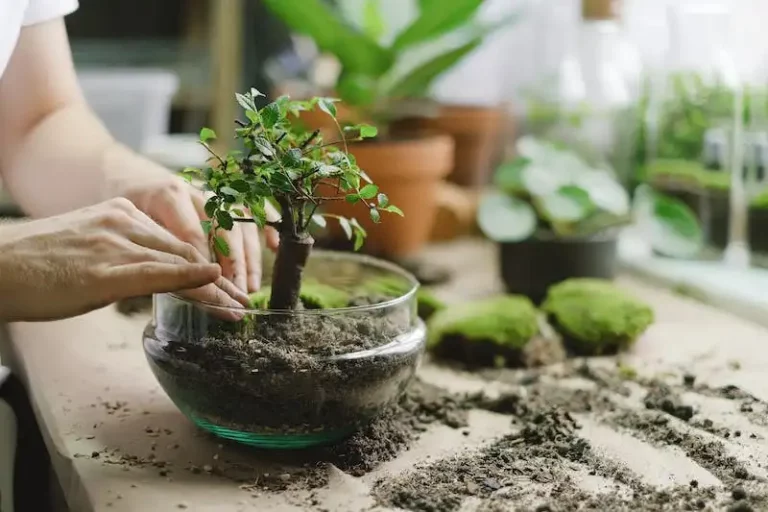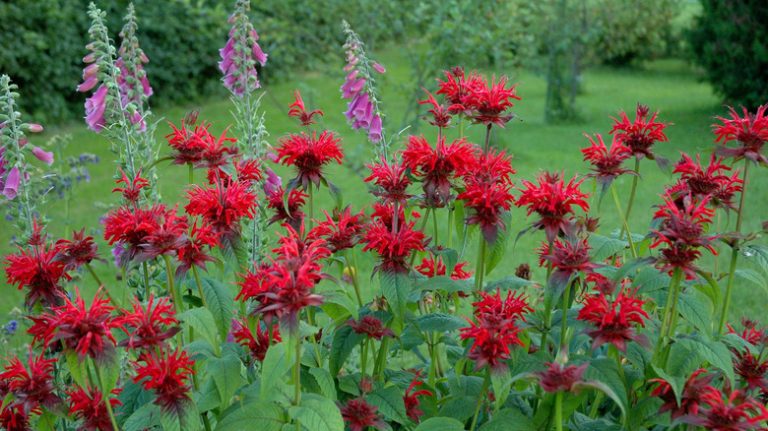Bellsof Ireland, also known as Molucella, are a unique and unusual addition to any garden. These beautiful and vibrant plants are featured in many gardening articles for their striking appearance and distinctive bell-shaped flowers. Bellsof Ireland are easy to grow from seeds and can be delivered to your doorstep, ready for planting.
When it comes to growing Bellsof Ireland, it all starts with the shipping of the seeds. Once the seeds are delivered, they can be grown either directly in the ground or started as seedlings before planting. Harvesting the seeds is an important step in the propagation process, as it allows you to sow Bellsof Ireland in square pots or another suitable container.
Bellsof Ireland thrive in full sun and prefer temperatures between 65 and 75 degrees Fahrenheit. While they can withstand some cooler climates, they are best suited for warmer regions. When it comes to propagating Bellsof Ireland, it’s important to sow the seeds in well-draining soil and water them regularly. They are not very prone to pests or diseases, making them relatively easy to grow.
When sowing Bellsof Ireland, choose a spot in your garden that receives plenty of sunlight and has well-draining soil. Make sure to water them regularly, but avoid overwatering as the plants can wilt. Bellsof Ireland can grow up to 2 to 3 feet tall and add a colorful and fragrant touch to any garden.
If you’re new to gardening or just looking for more information on Bellsof Ireland, there are many resources available. Websites like Britannica have featured articles on this subject, providing extensive information on the different types of Bellsof Ireland and how to grow them. There are also gardening contributors who share their experiences and advice on growing Bellsof Ireland in various areas.
So, if you’re looking to add a touch of elegance and beauty to your garden, Bellsof Ireland are an excellent choice. With their unique appearance and delightful fragrance, these plants will surely impress. Start growing Bellsof Ireland today and enjoy the vibrant colors and stunning bell-shaped flowers they have to offer.
How to Grow and Care for Bells of Ireland
Bells of Ireland, also known by their Latin name Moluccella laevis, are unusual and colorful plants that can add a unique touch to your garden. Here are some tips on how to grow and care for them:
Growing Bells of Ireland
Bells of Ireland can be grown from seed outdoors or started indoors before the growing season. They are generally planted in the spring after the last frost, or in the fall in more temperate climates. Before planting, make sure to soak the seeds overnight to enhance germination.
Choose a well-draining soil with a pH level of 6.0 to 7.5. Bells of Ireland prefer full sun but can tolerate some afternoon shade. Space the plants about 12 to 18 inches apart to provide enough room for their long, leggy foliage to grow.
These plants do not require much water and can tolerate drought conditions. Water them deeply once a week or whenever the top inch of soil feels dry. Avoid overwatering, as Bells of Ireland are prone to root rot.
Support the plants with stakes or cages to prevent them from falling over due to their height. As the plants grow, tie their stems loosely to the support to keep them upright.
Caring for Bells of Ireland
Once the Bells of Ireland begin to flower, they will reach their full height of 2 to 3 feet. The flowers are usually green, but can sometimes have hints of pink or purple. Harvest the flowers by cutting the stems just above a leaf node. Bells of Ireland make excellent cut flowers and can be dried for long-lasting arrangements.
To prevent pests and diseases, keep an eye out for aphids and spider mites. Use organic pest control methods or insecticidal soap to eliminate these pests if necessary. Remove any yellow or wilted foliage to promote healthy growth.
Bells of Ireland can be susceptible to frost, so make sure to cover them or bring them indoors if temperatures drop below freezing. They are generally winter hardy in USDA zones 9 to 11, but can be grown as annuals in other regions.
Additional Information
If you have any more questions about growing and caring for Bells of Ireland, there are many resources available online. Numerous gardening articles and websites provide extensive information on how to propagate, harvest, and care for these plants. Some popular sources include advancedgardening.com, gardeningtips.com, and bellsofirelandblog.com. You can also find featured items like seeds and gardening tools for Bells of Ireland on these websites, as well as information on shipping, delivery, and store support.
Now that you know how to grow and care for Bells of Ireland, why not give them a try in your garden? Their unique foliage and colorful flowers will surely be a standout feature.
Bells of Ireland Care
Bells of Ireland, also known by their scientific name Molucella laevis, are an annual flowering plant that is native to western Asia and the eastern Mediterranean. They belong to the family Lamiaceae, which includes mint and sage. Bells of Ireland are named for their unique bell-shaped green calyxes, which surround small, inconspicuous white flowers.
When growing Bells of Ireland, it is important to provide them with full sun and well-drained soil. They can tolerate some light shade, but they will not grow as vigorously or produce as many flowers in shaded areas. Bells of Ireland also prefer soil that is slightly alkaline to neutral in pH.
Seeds of Bells of Ireland can be sown directly into the ground in late spring or early summer, once the threat of frost has passed. They can also be started indoors in pots before transplanting them into the garden. When sowing seeds, it’s important to provide them with a period of cold stratification, which can be achieved by refrigerating them for a few weeks before planting.
Once the seeds are sown, keep the soil consistently moist, but not overly saturated, as excessive moisture can cause the seeds to rot. Bells of Ireland seeds generally germinate within two weeks. Once the seedlings have emerged, thin them to a spacing of about 12-18 inches apart to give them room to grow.
Bells of Ireland plants can grow to be quite tall, often reaching heights of 2-3 feet. To support the tall stems and prevent them from flopping over, it can be helpful to provide them with stakes or a trellis. This will also help to keep the plants upright during strong winds or heavy rain.
While Bells of Ireland are relatively low-maintenance plants, they do have a few pests and diseases to be aware of. Aphids and spider mites can occasionally be a problem, so keep an eye out for these pests and treat them as needed with insecticidal soap or neem oil. Bells of Ireland can also be prone to powdery mildew, especially if they are planted in an area with poor air circulation. To prevent powdery mildew, water the plants at the base and avoid getting the foliage wet.
When it comes to harvesting Bells of Ireland, the ideal time to do so is when the green calyxes have fully formed and the flowers inside have begun to wilt. Cut the stems at an angle and place them in a vase filled with fresh water. Bells of Ireland can last for up to two weeks in a vase, making them a great addition to flower arrangements.
In conclusion, taking care of Bells of Ireland involves providing them with well-drained soil, full sun, and some support for their tall stems. They are relatively low-maintenance plants, but it’s important to watch out for pests and diseases. Harvesting Bells of Ireland at the right time will ensure that you have beautiful green calyxes to enjoy in your flower arrangements.
Light
Light plays a crucial role in the growth and development of Bellsof Ireland. These plants thrive in full sunlight and are best suited for outdoor cultivation. It is important to note that Bellsof Ireland wilt easily if exposed to prolonged periods of heat and direct sunlight. Therefore, it is advisable to provide some shade during the hottest part of the day, especially in regions with high temperatures.
When it comes to indoor cultivation, Bellsof Ireland can also be grown successfully. However, it requires a well-featured spot with bright, indirect light. Placing the plants near a window that receives ample sunlight can provide the necessary light for their growth. Artificial grow lights can also be used to supplement natural light if needed.
It is worth mentioning that Bellsof Ireland need a period of darkness each day in order to flower. During the growing season, it is ideal to provide the plants with 12-14 hours of light and 10-12 hours of darkness. This can be achieved by placing the plants in a location where they will not be exposed to any artificial light during the dark period.
It is important to note that while Bellsof Ireland can tolerate a wide range of climates and temperatures, they are sensitive to frost. Therefore, it is crucial to protect them from cold weather by either bringing them indoors or covering them with a frost cloth.
In conclusion, providing Bellsof Ireland with the right amount of light is essential for their growth and flowering. Whether growing them outdoors or indoors, it is important to ensure they receive sufficient light, shade in hot climates, and a period of darkness to encourage flowering.




